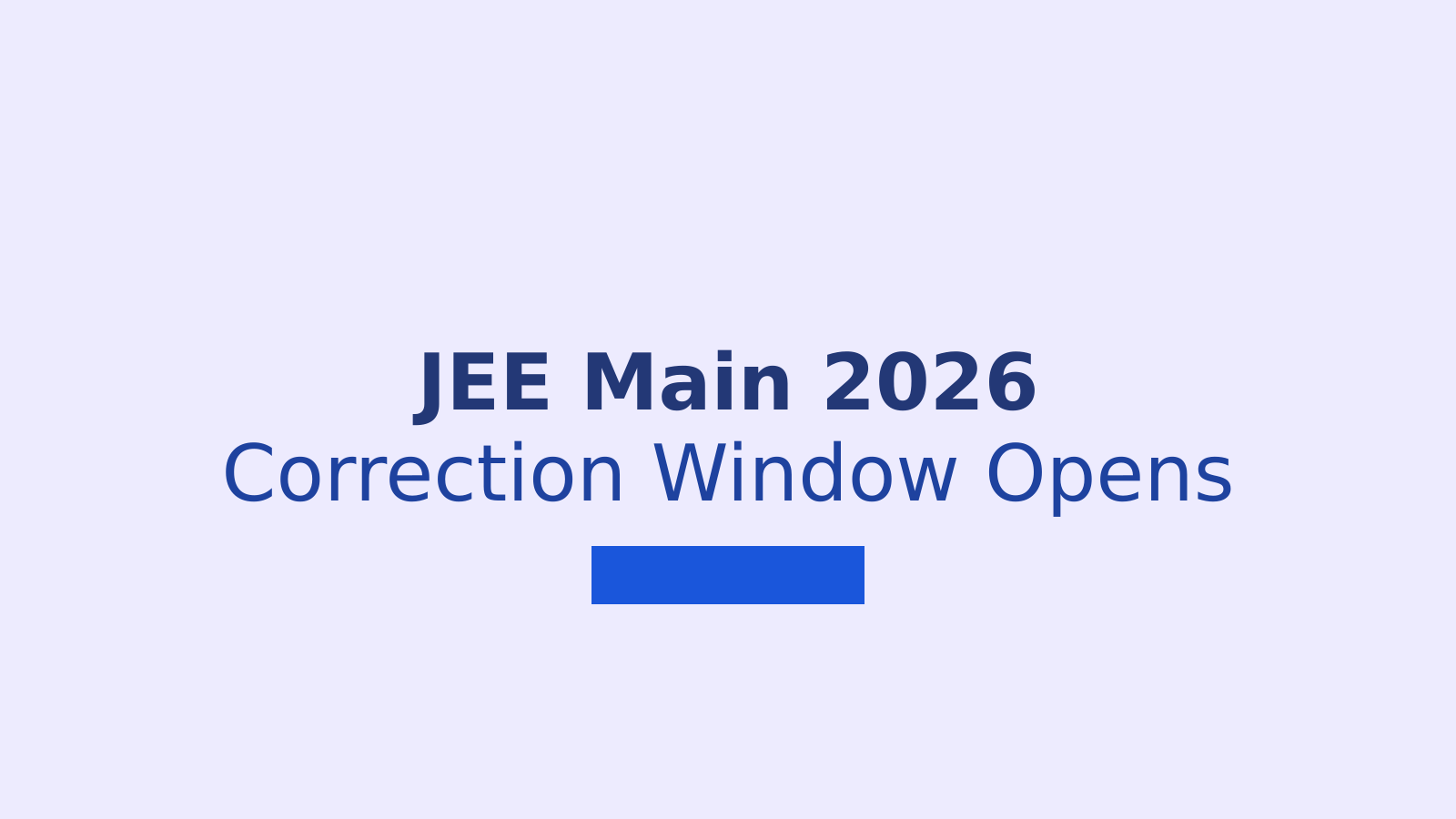A COMPARATIVE STUDY OF WORLD CONSTITUTIONS
Introduction
Constitutions are the foundational legal documents that define the structure and function of governments, outline the rights and duties of citizens, and set the framework for the rule of law in a country. Across the world, constitutions vary widely in their content, principles, and implementation, reflecting the unique historical, cultural, and political contexts of each nation. In this blog, we explore the diversity of world constitutions, highlighting key features, common themes, and notable differences that shape governance and society globally.
This coaching are best coaching who teach World constitutions
Key Features of Constitutions
1. Preamble and Ideals: Most constitutions begin with a preamble that sets forth the guiding principles and values of the state. For example, the preamble of the Indian Constitution emphasizes justice, liberty, equality, and fraternity, while the U.S. Constitution's preamble highlights the goals of forming a more perfect union, establishing justice, and ensuring domestic tranquility.
2. Separation of Powers: A common feature in many constitutions is the division of government into three branches: the executive, legislature, and judiciary. This separation of powers aims to prevent the concentration of authority and provides a system of checks and balances. For instance, the U.S. Constitution clearly delineates the powers of the President, Congress, and the Supreme Court.
3. Fundamental Rights and Duties: Constitutions often enumerate the fundamental rights of citizens, such as freedom of speech, right to equality, and protection against arbitrary detention. These rights are essential for protecting individual liberties and ensuring a just society. Some constitutions also include fundamental duties, as seen in the Indian Constitution, which outlines the responsibilities of citizens towards the nation.
4. Federalism and Unitarism: Constitutions can establish different forms of governance, such as federal or unitary systems. In federal systems like those of the United States and India, power is divided between a central government and regional governments. In contrast, unitary systems, like that of the United Kingdom, concentrate power in a central authority.
5. Amendment Procedures: Constitutions provide mechanisms for amendment, allowing for adaptation to changing circumstances. The rigidity or flexibility of these procedures can vary significantly. For example, the U.S. Constitution requires a two-thirds majority in both houses of Congress and ratification by three-fourths of the states, while the Indian Constitution can be amended with a simpler parliamentary process.
Comparative Analysis of Selected Constitutions
1. The United States Constitution: One of the oldest written constitutions still in use, the U.S. Constitution is known for its brevity and clarity. It establishes a federal system with a strong emphasis on individual rights and separation of powers. The Bill of Rights, comprising the first ten amendments, is a cornerstone of American democracy.
2. The Indian Constitution: The world's longest written constitution, India's Constitution is comprehensive and detailed. It establishes India as a sovereign, socialist, secular, and democratic republic. The Indian Constitution is known for its extensive list of fundamental rights and its flexible amendment process, allowing for regular updates.
3. The United Kingdom's Unwritten Constitution: Unlike most countries, the UK does not have a single written constitution. Instead, its constitutional framework is based on statutes, conventions, judicial decisions, and historical documents like the Magna Carta. The UK system emphasizes parliamentary sovereignty and a unitary structure.
4. The French Constitution (Fifth Republic): France's current constitution, adopted in 1958, establishes a semi-presidential system with a strong executive. It includes a preamble affirming human rights and the principles of national sovereignty. The French Constitution provides for both parliamentary and presidential powers, allowing for a balance between the two branches.
Common Themes and Differences
While constitutions reflect the unique contexts of their countries, they also share common themes, such as the protection of fundamental rights, the establishment of government structures, and the articulation of national values. However, the ways these elements are implemented can vary significantly, influenced by historical experiences, cultural values, and political ideologies.
The Role of Constitutions in Modern Governance
Constitutions play a crucial role in shaping modern governance by providing a legal framework that guides the functioning of governments and the protection of citizens' rights. They serve as a social contract between the state and its people, outlining the rules of engagement for all stakeholders. In a globalized world, constitutional principles such as the rule of law, democracy, and human rights have gained universal acceptance, although their interpretation and application can differ widely.
Conclusion
The study of world constitutions offers valuable insights into the diversity and commonality of governance systems across the globe. While each constitution is a reflection of its country's unique circumstances, they all serve the fundamental purpose of establishing a system of governance that promotes justice, stability, and the well-being of citizens. As nations continue to evolve, their constitutions remain dynamic instruments that adapt to new challenges and opportunities, ensuring that the principles of democracy and the rule of law endure.





-1765254529501863.png)
